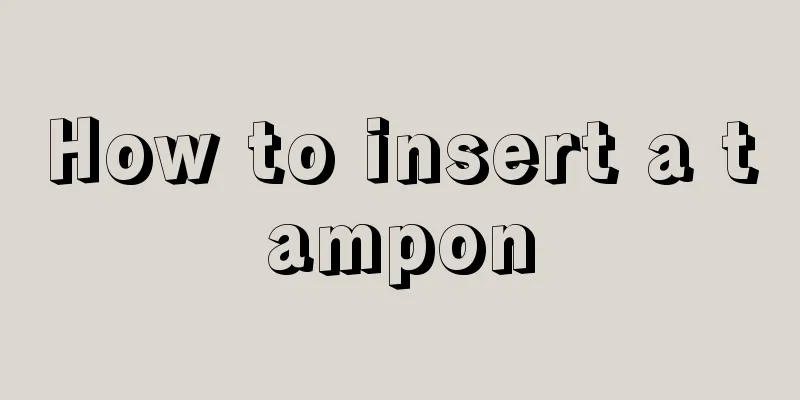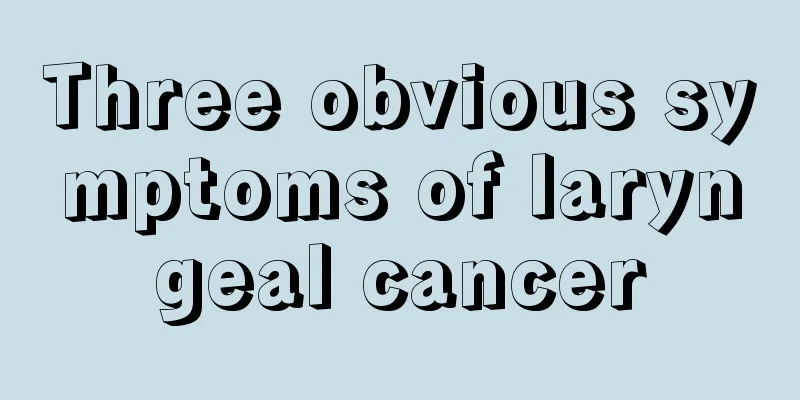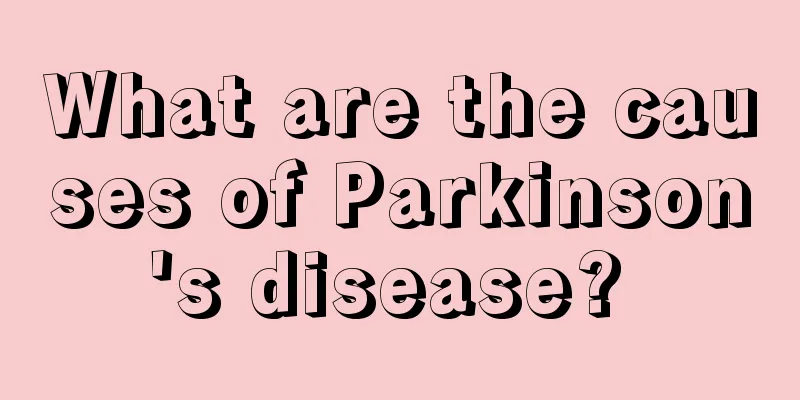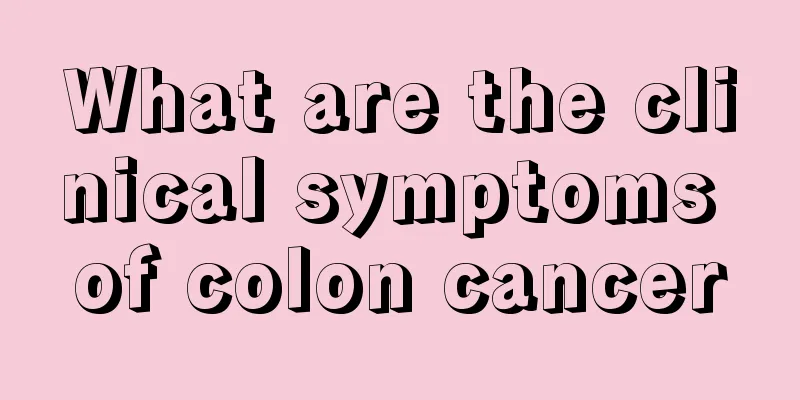What is the best way to drain pleural effusion?

|
There are many reasons for pleural effusion, the most common of which is generally malignant tumors. After drainage, the chest pressure will decrease and the water will grow faster. Therefore, anti-cancer drugs should be injected into the chest cavity after drainage. In this way, the pleural effusion will not grow. Now there are two ways to treat pleural effusion, one is Western medicine drainage and the other is traditional Chinese medicine treatment. So, how should pleural effusion be drained? 1. General treatment: patients with body temperature above 38℃ can rest in bed, and patients can get up and move around appropriately. The total rest time is about 2 to 3 months after the body temperature returns to normal and the pleural effusion disappears. 2. Thoracentesis: Since the protein and fibrin content of pleural fluid in tuberculous pleurisy is high, it is easy to cause pleural adhesion. Therefore, in principle, the pleural effusion should be drained as soon as possible, 2 to 3 times a week. The first extraction should not exceed 700ml, and the subsequent extraction volume should be about 1000ml each time, and no more than 1500ml at most. If too much fluid is drawn too quickly, post-re-expansion pulmonary edema and circulatory failure may occur due to the sudden drop in intrathoracic pressure. If dizziness, sweating, pale complexion, weak pulse, cold limbs, and decreased blood pressure occur, stop the extraction immediately, subcutaneously inject 0.5% epinephrine 0.5ml, and inject dexamethasone 5 to 10mg intravenously, and keep the intravenous infusion catheter until the symptoms disappear. Thoracentesis: Perform chest percussion first, and then select the area with obvious solid sound for puncture. Positioning of puncture point: Marking on the skin. Disinfection: Use iodine and ethanol to disinfect the skin at the puncture point from the inside to the outside. The disinfection range is about 15 cm in diameter. Untie the puncture bag, put on sterile gloves, check the instruments in the puncture bag, pay attention to whether the puncture needle is unobstructed, and cover with a disinfection towel. Local anesthesia: Use a 2ml syringe to draw 5ml of 2% lidocaine, and apply local anesthesia from the skin to the pleural wall at the upper edge of the rib at the puncture point. Aspiration should be done before injection, and the anesthetic can only be injected after observing that there is no gas, blood, or pleural effusion. Puncture: First clamp the rubber tube behind the puncture needle with hemostat, fix the local skin of the puncture site with left hand, hold the puncture needle (wrapped with sterile gauze) with right hand, and slowly insert it vertically along the anesthesia site through the upper edge of the rib. When the resistance of the needle tip suddenly disappears, it means that the needle tip has entered the pleural cavity. Connect a 50ml syringe, and let the assistant loosen the hemostat, and the assistant also uses the hemostat to help fix the puncture needle. After the chest cavity fluid is aspirated and the syringe is filled, the assistant clamps the hose with hemostatic forceps, removes the syringe, and injects the fluid into the container, records it and sends it for laboratory testing. The amount of fluid drawn should not exceed 600ml for the first time and 1000ml each time thereafter. Patients should have a rich diet and eat more high-protein, high-vitamin foods, such as chicken, duck, goose meat, lean pork, flour, and beans. The food must be cooked thoroughly. Do not eat indigestible and raw or cold food. Also, do not eat spicy food and must quit smoking and drinking. Try not to eat seafood as it will aggravate the condition. |
<<: How to treat athlete's foot in summer?
>>: How are melanoma nodules treated?
Recommend
What kind of plants are good to put in a pregnant woman's room
It is appropriate to place some potted plants at ...
How many times a day should Taijia clopidogrel bisulfate tablets be taken
As everyone's living standards have been grea...
How to wash blue ink on clothes
Clothes with blue ink are usually difficult to cl...
You can't grow taller by sunbathing
Many people like to sunbathe because it makes peo...
What are the principles of TCM treatment for liver cancer? TCM treatment of liver cancer follows four principles
What are the principles of TCM treatment of liver...
What medicine can I take to treat premature heart beats
The heart is an important hub in our body, so if ...
What are the routine examination methods for liver cancer? If you have these symptoms, be careful that it is liver cancer
Surveys show that the incidence of fatty liver, a...
What are the benefits and side effects of coconut juice
Every kind of food has its pros and cons, so ever...
How to treat asthma caused by allergic rhinitis?
In recent years, the incidence of allergic rhinit...
What are the types of thyroid cancer? What are the dangers of thyroid cancer?
Specific types of thyroid cancer include: papilla...
8 major factors that induce laryngeal cancer
Laryngeal cancer is more common in middle-aged an...
Can you open windows for ventilation on foggy days?
Haze weather affects each of us. In such weather,...
How to use medication correctly for fibroids
How to use medicine correctly for fibroids? Every...
What are the methods of using enema
The main function of enema is to relieve constipa...
Will honey cause internal heat?
Honey is very familiar to us. It tastes sweet and...









